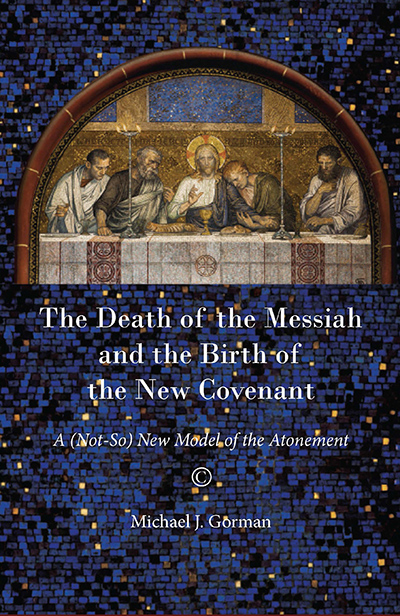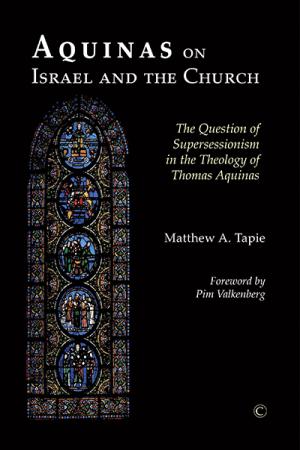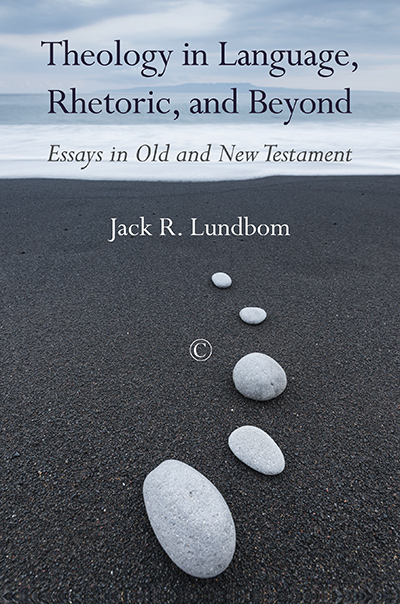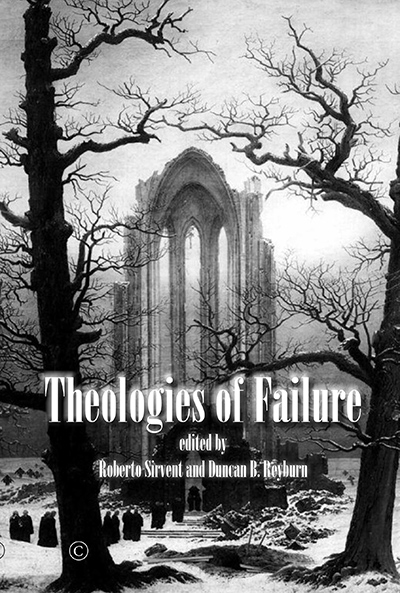Description
In this ground-breaking book, Michael J. Gorman asks why there is no theory or model of the atonement called the “new-covenant” model, since this understanding of the atonement is probably the earliest in the Christian tradition, dating back to the time of Jesus. Gorman argues that most models of the atonement over-emphasise the penultimate purposes of Jesus’s death and the “mechanics” of the atonement, rather than its ultimate purpose: to create a transformed, Spirit-filled people of God. The New Testament’s various atonement metaphors are part of a remarkably coherent picture of Jesus’s death as that which brings about the new covenant (and thus the new community) promised by the prophets, which is also the covenant of peace.
Gorman therefore proposes a new model of the atonement that is really not new at all – the new-covenant model. He argues that this is not merely an ancient model in need of rediscovery, but also a more comprehensive, integrated, participatory, communal and missional model than any of the major models in the tradition. Life in this new covenant, Gorman argues, is a life of communal and individual participation in Jesus’s faithful, loving, peacemaking death. Written for both academics and church leaders, this book will challenge all who read it to rethink and rearticulate the meaning of Christ’s death for us.
About the Author
Michael J. Gorman holds the Raymond E. Brown Chair in Biblical Studies and Theology at St Mary’s Seminary and University in Baltimore. He is the author of ten books, including the bestselling Reading Paul (2008) and Reading Revelation Responsibly (2011).
Contents
Acknowledgments
Introduction – Refocusing the Atonement
1. The Promise of the New Covenant
2. Cross and New Covenant in the New Testament: The Gospels and Acts
3. Cross and New Covenant in the New Testament: From Paul to Revelation
4. Baptized into the Messiah’s Death: New-Covenant Practices of Cruciform Faithfulness
5. Baptized into the Messiah’s Death: New-Covenant Practices of Cruciform Love
6. The (New) Covenant of Peace
7. Baptized into the Messiah’s Death: New-Covenant Practices of Cruciform Peace
8. Conclusion – The Integrative New-Covenant Model of the Atonement: Participation and Performance
Works Cited
Subject Index
Name Index
Scripture and Other Ancient Sources Index
Endorsements and Reviews
With this biblically and theologically mature study, Michael Gorman shifts our focus away from fascination with the how of the atonement and toward reflection on the what: What does Jesus’s death accomplish? The result is a richly textured statement of how the atonement reaches deeply into the scriptural story of God’s mighty acts in order to present the consequences of the cross for the church’s faith, hope, and love.
Joel B. Green, Dean, School of Theology, Fuller Theological Seminary
Thanks to Michael J. Gorman for taking us beyond endless discussions of the ‘how’ of Christ’s atonement to its visible end, Christ’s atonement as manifest in the life of the church for the sake of the world!
John W. Wright, Professor of Theology and Christian Scripture, Point Loma Nazarene University
Far too often atonement theologies have focused on what is less known and ignored what is known. Michael Gorman in The Death of the Messiah and the Birth of the New Covenant, has accomplished keeping our eyes on what is known: that in the death and resurrection of Jesus, God has formed a new covenant people.
Scot McKnight, Professor of New Testament, Northern Baptist Theological Seminary
This book, what a gem! Gorman situates atonement in the new messianic cruciform covenant, fulfilling OT visions of peace. Reorienting standard atonement theories, Gorman grounds atonement where it belongs, in Jesus’s gospel of peace, love-driven death, and new covenant! … The bibliography is rich. This is an essential read and resource for New Testament theology-ethics.
Willard M. Swartley, Professor emeritus of New Testament, Anabaptist Mennonite Biblical Seminary
The volume is well recommended and should provide a very helpful starter for many fruitful debates.
James D.G. Dunn, in Theology, Vol 119.1
This is a highly readable and hugely significant book … that should stimulate conversation in classrooms and, hopefully in churches.
Stephen Finland, in Modern Believing, Vol 57:1
… full of perceptive, helpful insights.
Peter Forster, Church Times, 27 May 2016
This book is an excellent resource for those who are interested in the new covenant, the atonement, and the outflow of new-covenant living (peace, faithfulness, love). … This would be beneficial required reading in seminary classrooms, for students, for pastors, and for teachers.
Spencer Robinson, at https://spoiledmilks.wordpress.com, September 2017





